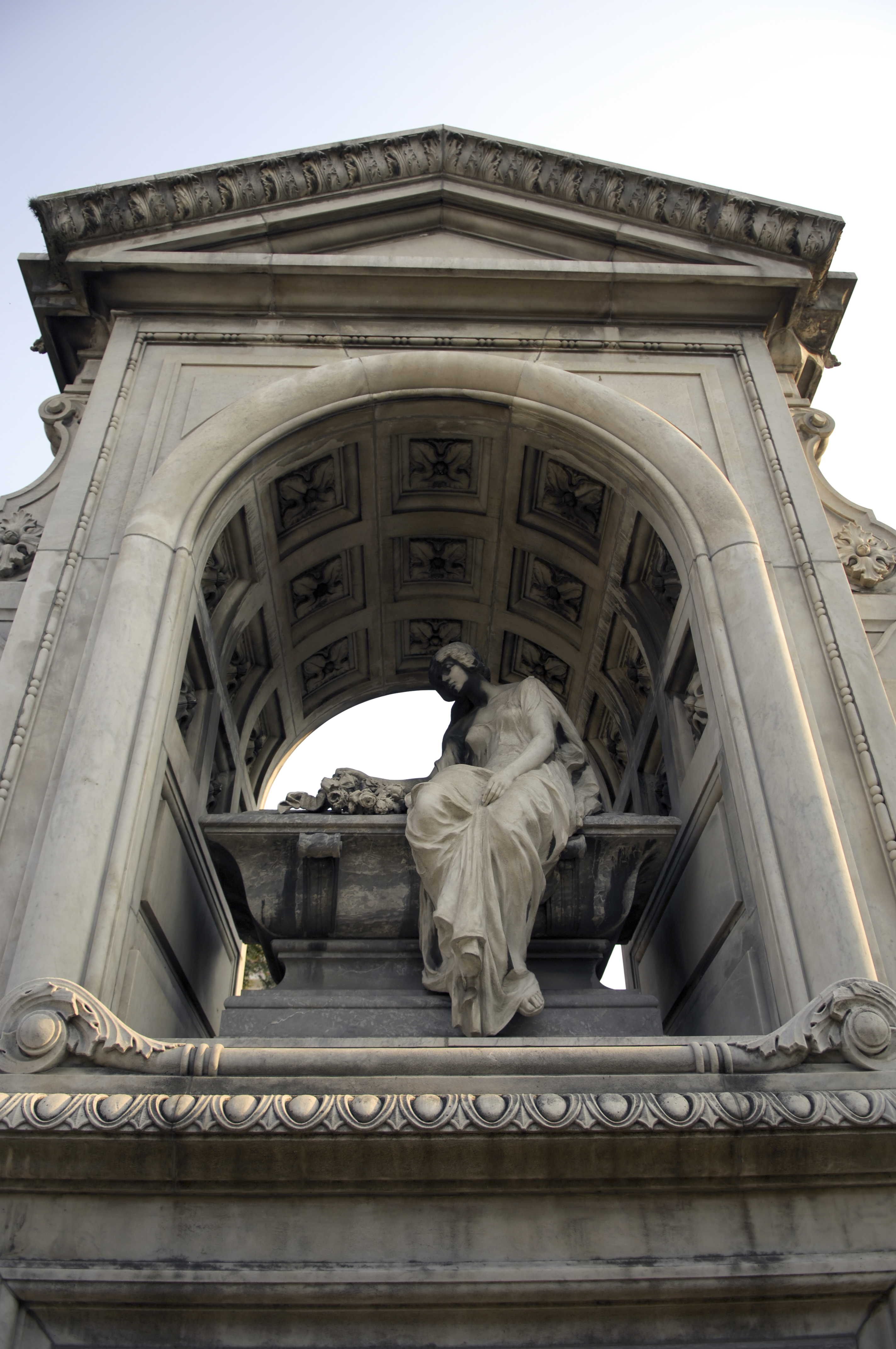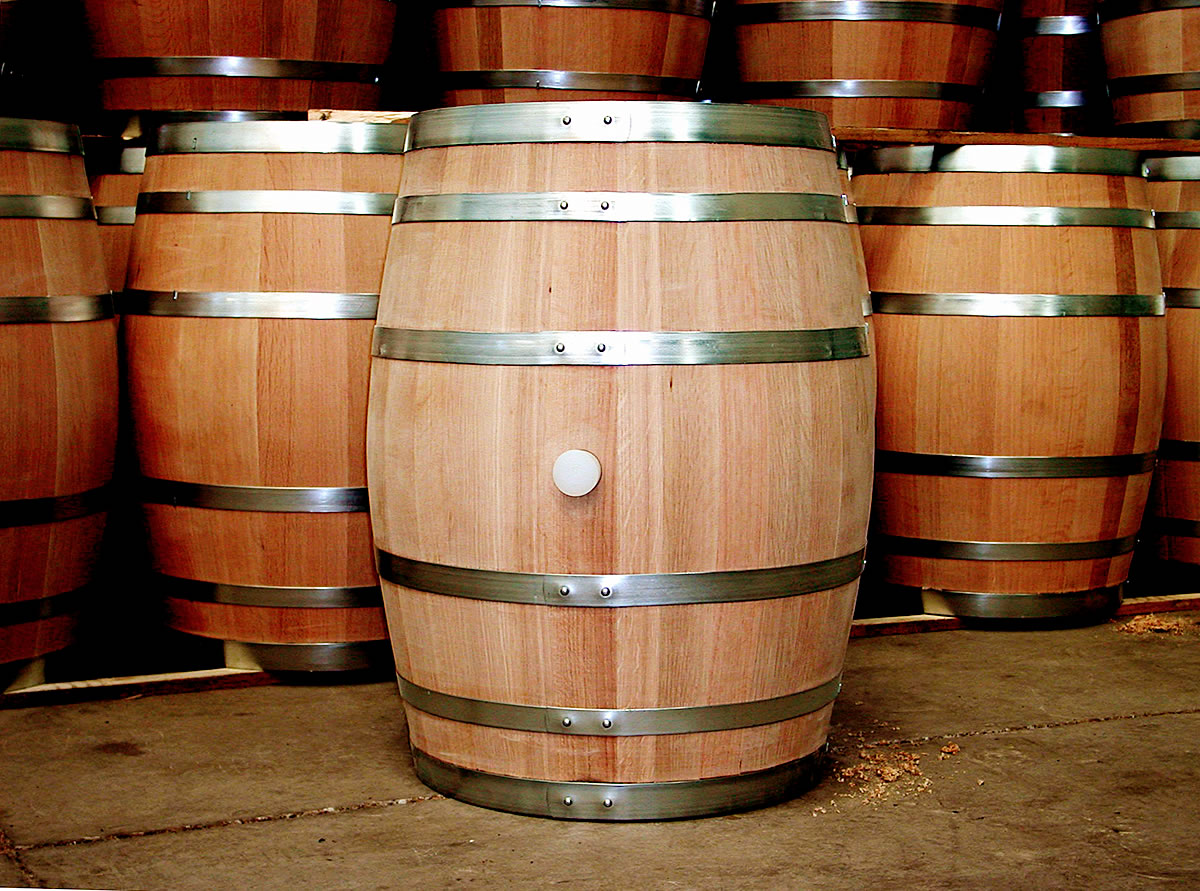|
Vault (architecture)
In architecture, a vault (French ''voûte'', from Italian ''volta'') is a self-supporting arched form, usually of stone or brick, serving to cover a space with a ceiling or roof. As in building an arch, a temporary support is needed while rings of voussoirs are constructed and the rings placed in position. Until the topmost voussoir, the Keystone (architecture), keystone, is positioned, the vault is not self-supporting. Where timber is easily obtained, this temporary support is provided by centering consisting of a framed truss with a semicircular or Circular segment, segmental head, which supports the voussoirs until the ring of the whole arch is completed. The Mycenaean Greece, Mycenaeans (ca. 18th century BC, 1800–1050s BC, 1050 BC) were known for their Tholos (architecture), tholos tombs, also called beehive tombs, which were underground structures with conical vaults. This type of vault is one of the earliest evidences of curved brick architecture without the use of ston ... [...More Info...] [...Related Items...] OR: [Wikipedia] [Google] [Baidu] |
Common Era
Common Era (CE) and Before the Common Era (BCE) are year notations for the Gregorian calendar (and its predecessor, the Julian calendar), the world's most widely used calendar era. Common Era and Before the Common Era are alternatives to the original Anno Domini (AD) and Before Christ (BC) notations used for the same calendar era. The two notation systems are numerically equivalent: " CE" and "AD " each describe the current year; "400 BCE" and "400 BC" are the same year. The expression can be traced back to 1615, when it first appears in a book by Johannes Kepler as the (), and to 1635 in English as " Vulgar Era". The term "Common Era" can be found in English as early as 1708, and became more widely used in the mid-19th century by Jewish religious scholars. Since the late 20th century, BCE and CE have become popular in academic and scientific publications on the grounds that BCE and CE are religiously neutral terms. They have been promoted as more sensitive to non-Christia ... [...More Info...] [...Related Items...] OR: [Wikipedia] [Google] [Baidu] |
Barrel Vault
A barrel vault, also known as a tunnel vault, wagon vault or wagonhead vault, is an architectural element formed by the extrusion of a single curve (or pair of curves, in the case of a pointed barrel vault) along a given distance. The curves are typically circular in shape, lending a semi-cylindrical appearance to the total design. The barrel vault is the simplest form of a vault: effectively a series of arches placed side by side (i.e., one after another). It is a form of barrel roof. As with all arch-based constructions, there is an outward thrust generated against the walls underneath a barrel vault. There are several mechanisms for absorbing this thrust. One is to make the walls exceedingly thick and strong – this is a primitive and sometimes unacceptable method. A more elegant method is to build two or more vaults parallel to each other; the forces of their outward thrusts will thus negate each other. This method was most often used in construction of churches, where sev ... [...More Info...] [...Related Items...] OR: [Wikipedia] [Google] [Baidu] |
DK (publisher)
Dorling Kindersley Limited (branded as DK) is a British multinational publishing company specialising in illustrated reference books for adults and children in 63 languages. It is part of Penguin Random House, a subsidiary of German media conglomerate Bertelsmann. Established in 1974, DK publishes a range of titles in genres including travel (including DK Eyewitness Travel), history, geography, science, space, nature, sports, gardening, cookery, parenting and many others. The worldwide CEO of DK is Paul Kelly. DK has offices in New York, Melbourne, London, Munich, New Delhi, Toronto, Madrid, Beijing, and Jiangmen. DK works with licensing partners such as Disney, LEGO, DC Comics, the Royal Horticultural Society, MasterChef, and the Smithsonian Institution. DK has commissioned authors such as Mary Berry, Monty Don, Robert Winston, Huw Richards, and Steve Mould for a range of books. History DK was founded in 1974 by Christopher Dorling and Peter Kindersley in London as a ... [...More Info...] [...Related Items...] OR: [Wikipedia] [Google] [Baidu] |
Barrel Vault Top Force
A barrel or cask is a hollow cylindrical container with a bulging center, longer than it is wide. They are traditionally made of wooden staves and bound by wooden or metal hoops. The word vat is often used for large containers for liquids, usually alcoholic beverages; a small barrel or cask is known as a keg. Barrels have a variety of uses, including storage of liquids such as water, oil, and alcohol. They are also employed to hold maturing beverages such as wine, cognac, armagnac, sherry, port, whiskey, beer, arrack, and sake. Other commodities once stored in wooden casks include gunpowder, meat, fish, paint, honey, nails, and tallow. Modern wooden barrels for wine-making are made of English oak (''Quercus robur''), white oak (''Quercus petraea''), American white oak (''Quercus alba''), more exotic is mizunara oak (''Quercus crispula''), and recently Oregon oak (''Quercus garryana'') has been used. Someone who makes traditional wooden barrels is called a cooper. Today ... [...More Info...] [...Related Items...] OR: [Wikipedia] [Google] [Baidu] |
Gypsum Mortar
Mortar is a workable paste which hardens to bind building blocks such as stones, bricks, and concrete masonry units, to fill and seal the irregular gaps between them, spread the weight of them evenly, and sometimes to add decorative colours or patterns to masonry walls. In its broadest sense, mortar includes pitch, asphalt, and soft clay, as those used between bricks, as well as cement mortar. The word "mortar" comes from the Old French word ''mortier'', "builder's mortar, plaster; bowl for mixing." (13c.). Cement mortar becomes hard when it cures, resulting in a rigid aggregate (composite) , aggregate structure; however, the mortar functions as a weaker component than the building blocks and serves as the sacrificial element in the masonry, because mortar is easier and less expensive to repair than the building blocks. Bricklayers typically make mortars using a mixture of sand, a binder, and water. The most common binder since the early 20th century is Portland cement, but ... [...More Info...] [...Related Items...] OR: [Wikipedia] [Google] [Baidu] |
Vertical Axis
In geometry, a Cartesian coordinate system (, ) in a plane is a coordinate system that specifies each point uniquely by a pair of real numbers called ''coordinates'', which are the signed distances to the point from two fixed perpendicular oriented lines, called '' coordinate lines'', ''coordinate axes'' or just ''axes'' (plural of ''axis'') of the system. The point where the axes meet is called the '' origin'' and has as coordinates. The axes directions represent an orthogonal basis. The combination of origin and basis forms a coordinate frame called the Cartesian frame. Similarly, the position of any point in three-dimensional space can be specified by three ''Cartesian coordinates'', which are the signed distances from the point to three mutually perpendicular planes. More generally, Cartesian coordinates specify the point in an -dimensional Euclidean space for any dimension . These coordinates are the signed distances from the point to mutually perpendicular fixed hyp ... [...More Info...] [...Related Items...] OR: [Wikipedia] [Google] [Baidu] |
Third Dimension
In geometry, a three-dimensional space (3D space, 3-space or, rarely, tri-dimensional space) is a mathematical space in which three values (''coordinates'') are required to determine the position of a point. Most commonly, it is the three-dimensional Euclidean space, that is, the Euclidean space of dimension three, which models physical space. More general three-dimensional spaces are called ''3-manifolds''. The term may also refer colloquially to a subset of space, a ''three-dimensional region'' (or 3D domain), a ''solid figure''. Technically, a tuple of numbers can be understood as the Cartesian coordinates of a location in a -dimensional Euclidean space. The set of these -tuples is commonly denoted \R^n, and can be identified to the pair formed by a -dimensional Euclidean space and a Cartesian coordinate system. When , this space is called the three-dimensional Euclidean space (or simply "Euclidean space" when the context is clear). In classical physics, it serves as a m ... [...More Info...] [...Related Items...] OR: [Wikipedia] [Google] [Baidu] |
Dromos
Dromos may refer to: * ''Cursus publicus The ''cursus publicus'' (Latin language, Latin: "the public way"; , ''dēmósios drómos'') was the state mandated and supervised courier and transportation service of the Roman Empire, the use of which continued into the Eastern Roman Empi ...'', the public road system of the Roman and Byzantine empires * Dromos, in architecture, an entrance passage or avenue leading to a building * Dromoi, modes (types of scales) used in Greek music {{Disambig ... [...More Info...] [...Related Items...] OR: [Wikipedia] [Google] [Baidu] |
Iraq
Iraq, officially the Republic of Iraq, is a country in West Asia. It is bordered by Saudi Arabia to Iraq–Saudi Arabia border, the south, Turkey to Iraq–Turkey border, the north, Iran to Iran–Iraq border, the east, the Persian Gulf and Kuwait to the Iraq–Kuwait border, southeast, Jordan to Iraq–Jordan border, the southwest, and Syria to Iraq–Syria border, the west. The country covers an area of and has Demographics of Iraq, a population of over 46 million, making it the List of countries by area, 58th largest country by area and the List of countries by population, 31st most populous in the world. Baghdad, home to over 8 million people, is the capital city and the List of largest cities of Iraq, largest in the country. Starting in the 6th millennium BC, the fertile plains between Iraq's Tigris and Euphrates rivers, referred to as Mesopotamia, fostered the rise of early cities, civilisations, and empires including Sumer, Akkadian Empire, Akkad, and Assyria. Known ... [...More Info...] [...Related Items...] OR: [Wikipedia] [Google] [Baidu] |




